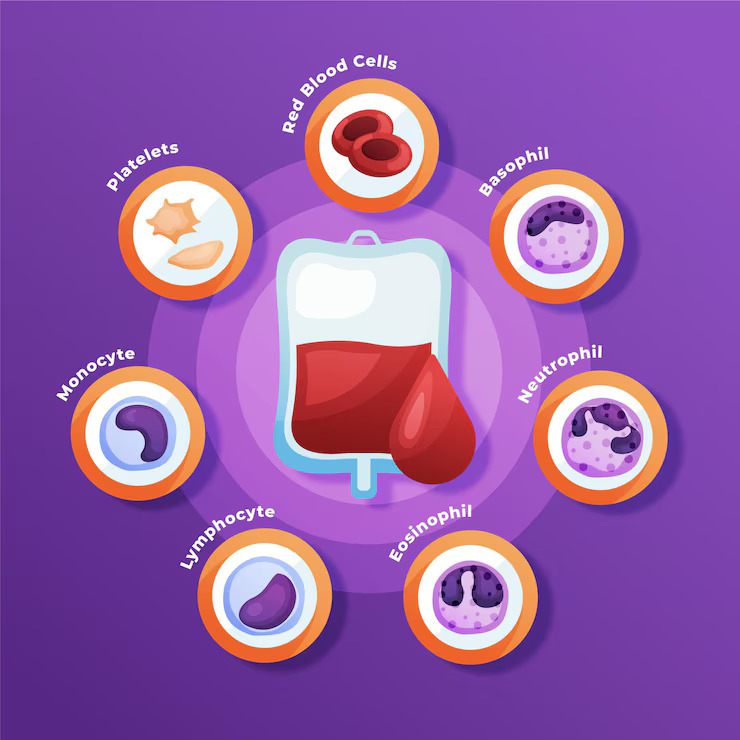Blood cancer affects thousands of people each year, causing disruption to the normal function of the blood and immune system. One of the major advancements in treating this condition is the use of stem cell transplants, which can be life-saving for patients who do not respond well to conventional treatments such as chemotherapy or radiation.
Understanding Blood Cancer and Its Types
There are several types of blood cancer, with the most common being leukaemia, lymphoma, and myeloma. These cancers affect the blood-forming tissues, including the bone marrow and lymphatic system. Each type behaves differently, making accurate diagnosis essential for effective treatment planning. Stem cell transplants have shown significant success, particularly in aggressive forms of leukaemia and certain lymphomas.
What Is a Stem Cell Transplant?
A stem cell transplant involves replacing damaged or destroyed bone marrow with healthy stem cells. These cells can be collected from the patient (autologous transplant) or a donor (allogeneic transplant). Once the unhealthy cells are eliminated using chemotherapy or radiation, the healthy stem cells are introduced into the body, where they begin producing new, cancer-free blood cells.
Role of Stem Cell Transplants in Treating Blood Cancer
In many cases, chemotherapy alone cannot fully eliminate cancer cells. This is where stem cell transplants play a vital role. After intense treatment to destroy cancerous cells, the body needs support to rebuild its blood and immune systems. Transplanted stem cells restore this function, increasing the patient’s chances of recovery and reducing the risk of relapse. This approach is especially important for patients with certain types of blood cancer that are resistant to standard therapies.
Importance of Blood Cancer Donation
Finding a suitable donor is often a challenge in stem cell transplantation. The need for Blood Cancer donation is critical for several reasons:
- Stem cell and bone marrow donations offer patients a second chance at life, particularly when they have exhausted other treatment options.
- A suitable donor match is often required, and genetic compatibility is rare, making every registered donor valuable.
- A larger donor pool improves the chances of finding a match, especially for patients from underrepresented ethnic groups.
- Donating stem cells or bone marrow is a safe, voluntary process, and can significantly impact someone’s life.
- Raising awareness and increasing registrations directly supports advancements in treatment and survival rates.
Conclusion
Stem cell transplants remain a cornerstone in the treatment of various types of blood cancer. While not suitable for all patients, this method offers hope, especially when other treatments have not worked. Alongside medical advancements, increasing awareness about Blood Cancer donation and encouraging more donors to come forward is crucial in improving outcomes and saving lives.






